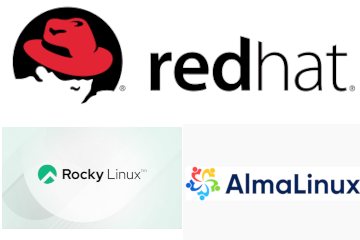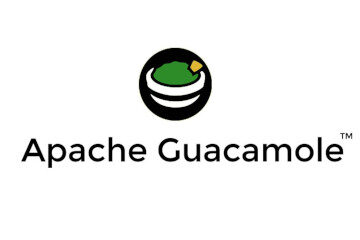CentOS 7.1 (build 1503) Released
Il 31/03/2015 CentOS ha rilasciato la versione 7.1 (o meglio la build 1503) della sua distribuzione Linux derivata dalla RedHat Enterprise Linux, che segue la precedente release 7 (build 1406).
Le maggiori novità di questa build comprendono:
- As of March 2015 ABRT (>= 2.1.11-19.el7.centos.0.1) can report bugs directly to bugs.centos.org. You can find information about that feature at this page
- Support for new processors (Intel Broadwell) and graphics (AMD Hawaii)
- Full support for LVM cache
- Ability to mount ceph block devices
Updated Hyper-V network drivers - New libguestfs features
Full support for OpenJDK-1.8.0 - Improved clock stability (for PTP and NTP)
- Updated Networkmanager packages to version 1.0
- Updated docker to 1.4.1
- Updated OpenSSH to 6.6.1
- New package: Mozilla Thunderbird
- Update to numerous storage, network and graphics drivers
- Technology Preview: Support of the Btrfs file system, OverlayFS and the Cisco VIC kernel driver
Caratteristiche deprecate con questa nuova build sono:
- i686-versions of the following packages: krb5-server and krb5-server-ldap
- further deprecated packages: libvirt-daemon-driver-lxc, libvirt-daemon-lxc and libvirt-login-shell
Per quanto riguarda invece i problemi noti con questa versione, troviamo:
- You can only do a Minimal install from the Minimal image, even though the installer may present you other package options as well. Additional components can be installed after installation, or you can use the other installation images to install the options you want.
- If you are using Dell OpenManage v7.4.1, omreport storage vdisk and some other subcommands may not show the requested information. This appears to be a problem with RHEL 7.1 as well.
- The updated libreoffice calc packages introduce a bug which affects sorting in spreadsheets. See this and this bug report.
- The newer version of openssh in this release does not exit on the first match in the .ssh/config file as the older version did. This means if you have multiple host sections that match in your config for a given host, ALL will be applied. As an example, if you have a “host1.example.com” entry and a “*.example.com” entry, it will apply BOTH sets of instructions to “host1.example.com” but only the “*.example.com” section for “host2.example.com”.
- Many people have complained that Ethernet interfaces are not started with the new default NetworkManager tool/have to be explicitly enabled during installation. See CentOS-7 FAQ#2.
- The installer needs at least 406MB of memory to work. On systems with less memory then 406MB the installation will terminate with a fatal error. 512MB is the minimum memory requirement for CentOS-7.
- Installing CentOS-7 to a VirtualBox virtual machine in UEFI mode on an encrypted file system does not work properly. The installed system will not show the prompt for the volume passphrase, unless the kernel command line is modified. See the bug report for more details.
- If your screen resolution is 800×600 or lower, parts of the images shown at the bottom during install are clipped.
- VMware Workstation/VMware ESXi allow to install two different virtual SCSI adapters: BusLogic and LsiLogic. However the default kernel from CentOS-7 does not include the corresponding driver for any of them thus resulting in an unbootable system if you install on a SCSI disk using the defaults for CentOS Linux. If you select ‘Red Hat Enterprise Linux’ as OS, the paravirtualized SCSI adapter is used, which works.
- Commonly used utilities such as ifconfig/netstat have been marked as deprecated for some considerable time and the ‘net-tools’ package is no longer part of the @core group so will not be installed by default. Use nmcli c up ifname <interfacename> to get your network up and running and use yum to install the package if you really need it. Kickstart users can pull in the net-tools package as part of the install.
- The AlpsPS/2 ‘ALPS DualPoint TouchPad’ edge scrolling does not work by default on CentOS-7. See bug 7403 for the command to make this feature work.
- In VirtualBox up to version 4.3.12 the building of the vBox additions fails. This is solved starting with version 4.3.14. On Windows hosts there still seem to be some issues with versions up to 4.3.16. After installing vBox additions logging in to GNOME Desktop results in a black screen or a terminating VM.
Potete trovare le informazioni circa l’annuncio della nuova versione a questo indirizzo; potete trovare le release note a questo indirizzo; potete effettuare il download della nuova build da questo indirizzo.

